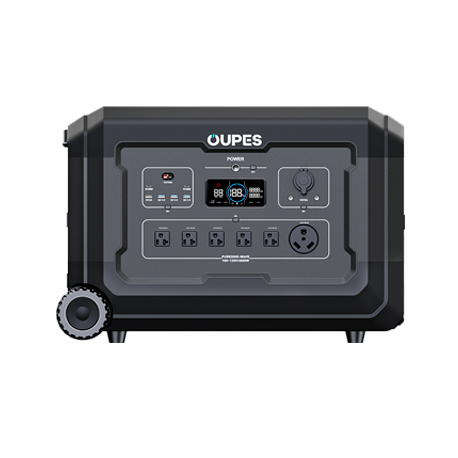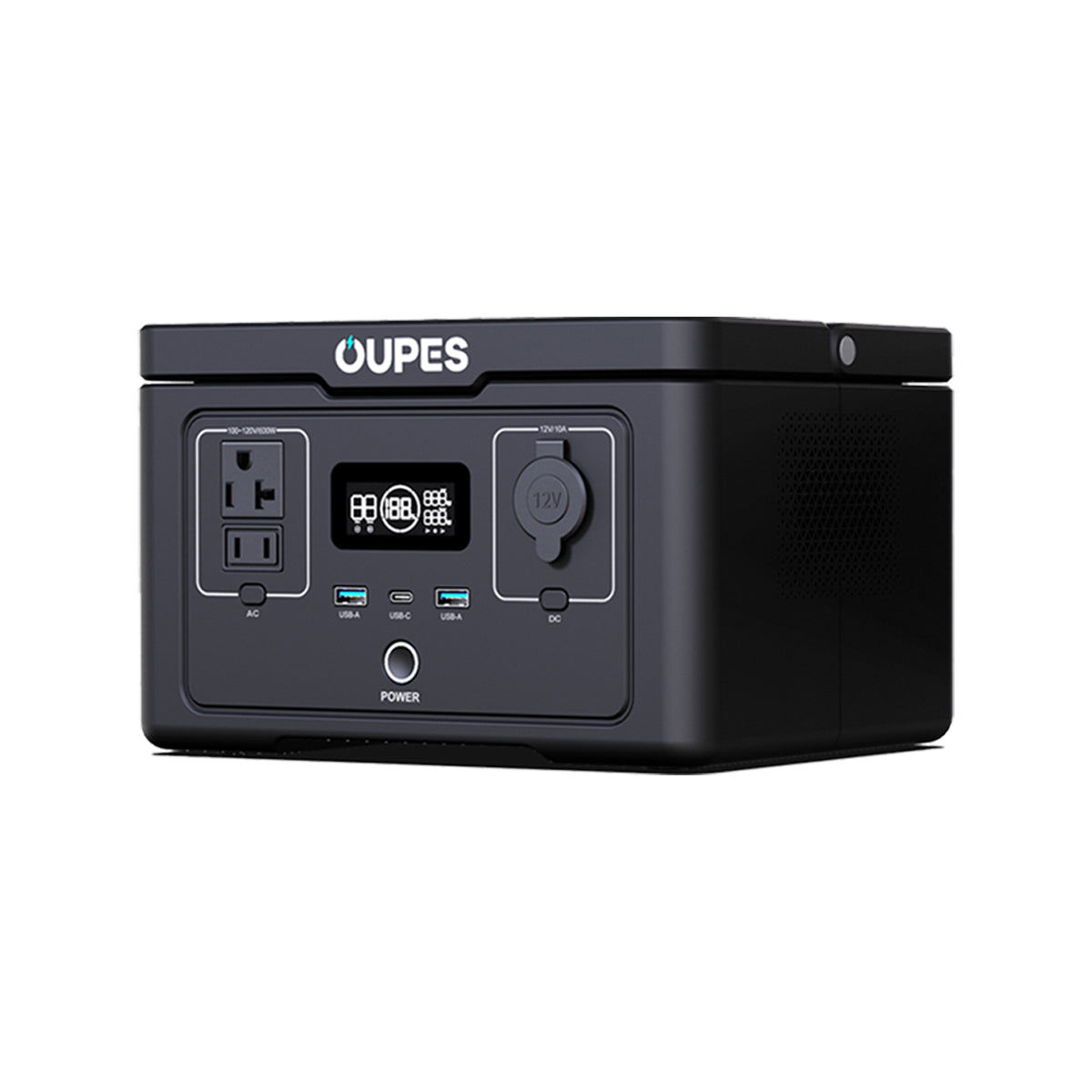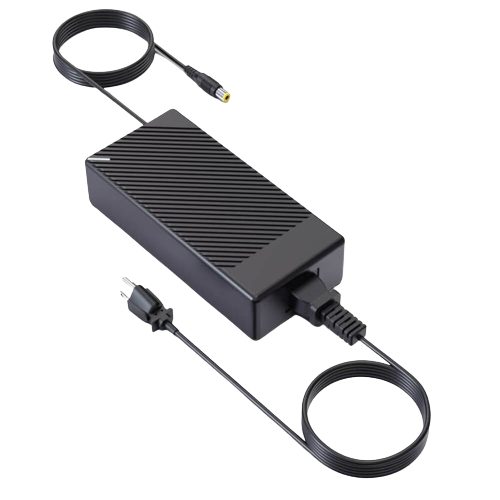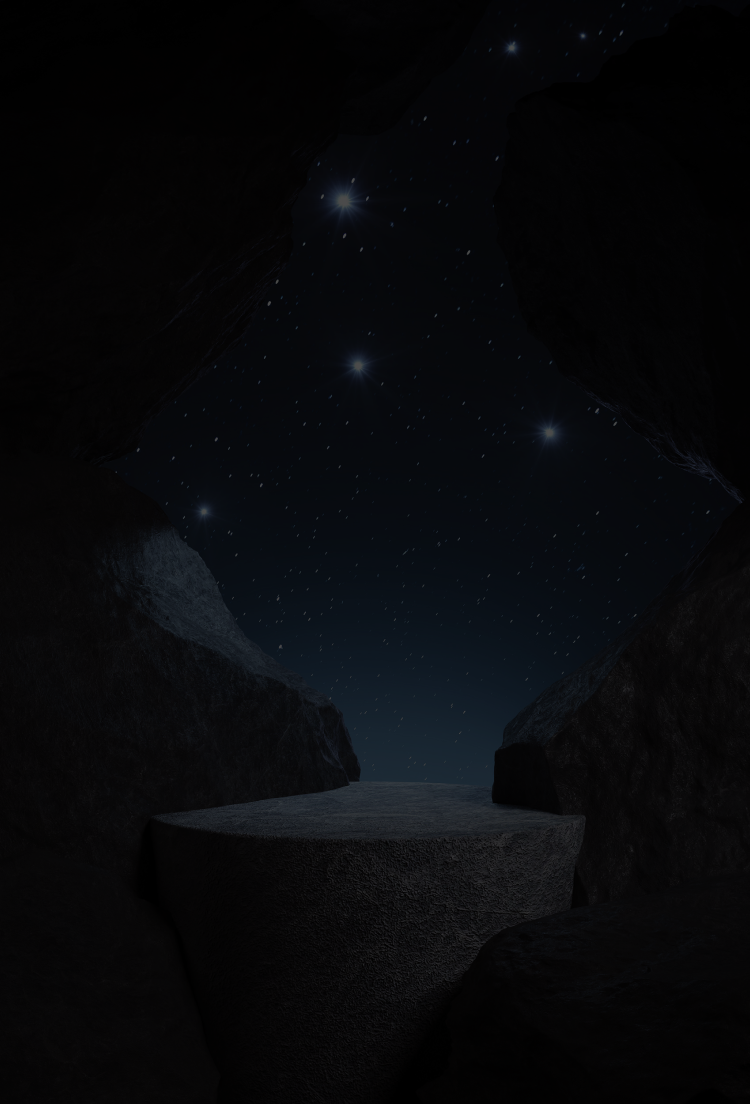What Is the Difference Between PWM and MPPT Solar Charge Controllers?
Solar energy is becoming more and more popular these days. Perhaps that's why the industry throughout the United States is doing so well. Already in 2023, the market is worth over $20 billion overall.
You might be interested in purchasing a solar generator in the near future. There are many beneficial uses to having one on hand, after all.
In addition, there are many different kinds. There's a Pulse With Modulation (PWM) charge and a Maximum Power Point Tracking (MPPT) charge.
If you're interested in the differences between a PWM and an MPPT solar charge controller, you've come to just the right place. This article is your comprehensive guide to understanding both kinds of solar generators. Keep reading to make the most informed purchasing decision.
Why Do You Need a Solar Charge Controller?
A solar charge controller is a critical component of a solar generator. It serves several important functions. If you're taking a solar generator on a sailing trip, for instance, you might want to think about bringing a controller, too.
The primary purpose is to protect the battery from overcharging and discharging. Overcharging can damage the battery and reduce its lifespan. In contrast, discharging too much can cause permanent damage and make it unable to hold a charge.
The solar charge controller regulates the charge and discharge of the battery. This can then ensure that it stays within the safe voltage range.
Another important function of a solar charge controller is overload protection. A solar generator can receive high levels of current from the solar panels during periods of intense sunlight. This can overload the battery and cause damage.
The solar charge controller is equipped with an overload protection circuit that will disconnect the battery from the solar panels in the event of an overload. This can prevent damage to the battery and ensure the safety of the system.
Low voltage disconnects are another feature often included. This disconnects the load from the battery when the voltage drops too low.
MPPT Solar Charge Controller: Pros, Cons
On the positive side, MPPT controllers are more efficient than traditional PWM controllers. That's because they can track the maximum power point of the solar panels. They also extract the maximum possible power.
MPPT controllers can also handle wider input voltage ranges and different battery configurations. This provides you with greater flexibility and adaptability for your solar power system.
On the downside, MPPT controllers are typically more expensive than PWM controllers. They can also be more complex to install and set up.
MPPT controllers require more power to operate, too. This might reduce the overall efficiency of the system. Still, MPPT is likely the best type of solar controller for your needs.
PWM Solar Charge Controller: Pros, Cons
A PWM solar charge controller is typically less expensive than MPPT. It's also simpler to install and set up than MPPT controllers. They require less power to operate, too, which can help to improve the overall efficiency of the system.
One of the biggest drawbacks is that they are less efficient than MPPT controllers, though. They simply regulate the voltage and current from the solar panels to the battery without optimizing for the maximum power point.
PWM controllers are also typically limited in their input voltage range compared to MPPT. They can only handle a limited number of solar panels, reducing their flexibility and adaptability.
Which Is Better: MPPT or PWM Solar Charge Controllers?
MPPT solar charge controllers offer several advantages over PWM controllers. They're the preferred choice for many solar power systems.
One of the key advantages of MPPT controllers is their increased efficiency. MPPT controllers use advanced algorithms to track the maximum power point of the solar panels.
They then extract the maximum possible power. This results in faster battery charging times and improved overall charging efficiency.
This is because MPPT controllers can adjust the voltage and current to match the maximum power point of the solar panels. Conversely, PWM controllers simply regulate the voltage and current to the battery. This results in lower efficiency and slower charging times.
What Is the Advantage of MPPT Over PWM?
Another advantage of MPPT controllers is their ability to handle wider input voltage ranges. This allows you to use more solar panels to generate more power and charge the battery faster.
MPPT controllers can also handle different battery configurations. This makes them more versatile and adaptable to a variety of solar power systems.
In contrast, PWM controllers are limited in their input voltage range. They can only handle a limited number of solar panels. Unfortunately, this limits their flexibility and adaptability.
Further, MPPT controllers also provide better battery protection. This ensures that the battery is not overcharged or discharged too much.
Which Solar Charge Controller Is Right for You?
An MPPT solar charge controller might be ideal for you if you are looking for a more efficient and versatile solution. You deserve to have the best arrangement for your solar generator.
Remember, MPPT controllers use advanced algorithms to track the maximum power point of the solar panels. This results in faster battery charging times and improved overall charging efficiency. This makes MPPT controllers particularly useful if you have a large solar panel array or need to charge the battery quickly.
MPPT controllers can also handle wider input voltage ranges. This makes them suitable for use with different types of solar panels and battery configurations.
Additionally, MPPT controllers also provide better battery protection. They can prevent you from accidentally damaging the battery and reducing its lifespan.
Get Your Optimal Solar Generator Charge Controller Now
There can be a lot to navigate when it comes to buying a new solar generator. At this point in the article, though, you're at least better informed. You're now more familiar with the differences between a PWM and an MPPT solar charge controller.
Still, you might have some additional questions. If so, we're here to help.
Our team of experts is on hand to help you ensure you have the best access to solar energy of the day. Take some time to browse through our solar generator inventory at your convenience.





















